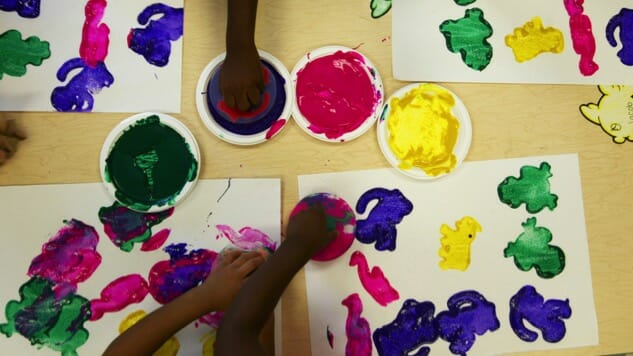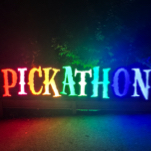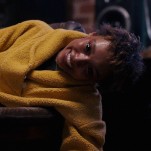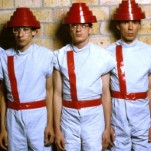Defunding the National Endowment for the Arts is a Bad Look for Trump
Photo by Chris Honduras
Funding for the Arts is paying for “elitist coastal liberals” to spread their diabolical views throughout the country. This assertion is at the heart of the Trump White House’s insistence that removing federal funding of the Arts for programs like the National Endowment for the Arts and PBS would be nothing more than a harmless cutting of some fat from the bloated American budget. An examination of the facts shows this simply isn’t true. Not only would cutting funding for the Arts only free up a minuscule 0.012% of our budget, it would cause grave harm to programs for at-risk vets and children, as well as adversely affect America’s rural areas.
“The president finally got to the point where he said, ‘do I really want to make the coal miner in West Virginia, or the auto worker in Ohio, or the single mom in Detroit pay for the National Endowment for the Arts or the Corporation for Public Broadcasting?’ And the answer is no,” White House budget Director Mike Mulvaney said recently during an appearance on “Fox and Friends.” Apparently, Mr. Mulvaney and President Trump haven’t taken the time to look into what’s happening in West Virginia, a state so marred by addiction it’s reached the point of a plague, as the Arts are often what are giving the children of drug addicted parents one of their only sources of escape and joy.
Take this heart-wrenching story produced by those monsters at PBS—from Cottageville Elementary in Cottageville, WV (pop. 1831) about the children of addict parents, whose escape from the misery of their home lives often comes in the form of writing and creating. Or the uplifting story of the RiffRaff Arts Collective in Princeton, West Virginia (pop. 7,000), who have helped turn an abandoned downtown into a thriving center for the Arts that has changed perceptions and attitudes in the area, helping “the folks in the neighborhood that have generally been looked down upon to be inspired and engaged,” with a newfound sense of pride in themselves and their town.
Although all American children would feel the sting of Arts funding cuts, most often it will be these low-income and/or high-risk kids who will suffer the most. The studies on how students benefit from Arts programs are myriad and conclusive in finding that the benefits students receive from participating in the Arts are often what keep kids interested in—and attending—school. In a study of high-poverty schools in Chicago—a city that has become one of President Trump’s favorite targets for disparagement—the schools participating in the Chicago Arts Partnerships in Education made huge strides in closing the gap between high- and low-income students’ academic achievement vs. the ones that didn’t. Noted painter George Walker Bush even made sure to clearly state in his No Child Left Behind Act that the Arts were to be considered a core subject.
In urban population centers, arts funding often comes in the form of private donations, whereas in more rural areas funding can often come entirely in the form of government grants—meaning that like many of President Trump’s other policies, the folks who will suffer the most from a lack of Arts funding will be many of the people who voted for him in November. Furthermore, PBS allows its affiliates to show whatever content they choose.
Federal Arts funding often brings a great deal of cash into communities as well. It was a National Endowment for the Humanities grant that helped pay for the “Treasures of Tutankhamen” exhibition to travel to six American cities from 1976-79 and brought in countless millions to the cities it visited—the groundbreaking exhibition drew 1.36 million visitors to the Metropolitan Museum alone. A recent survey of business leaders across the country showed that 72% listed “creativity” as the number one skill they seek in an employee—and 85% said they have trouble finding enough of these creative people.
-

-

-

-

-

-

-

-

-

-

-

-

-

-

-

-

-

-

-

-

-

-

-

-

-

-

-

-

-

-

-

-

-

-

-

-

-

-

-

-








































